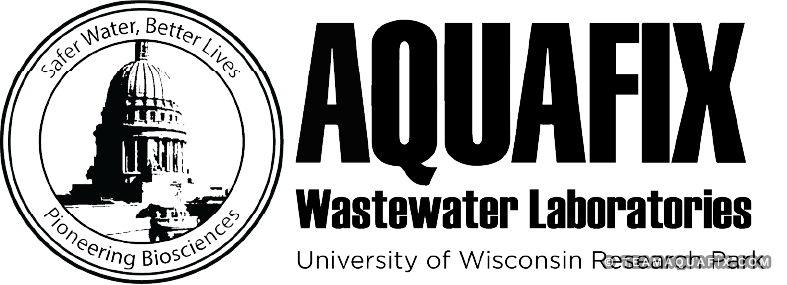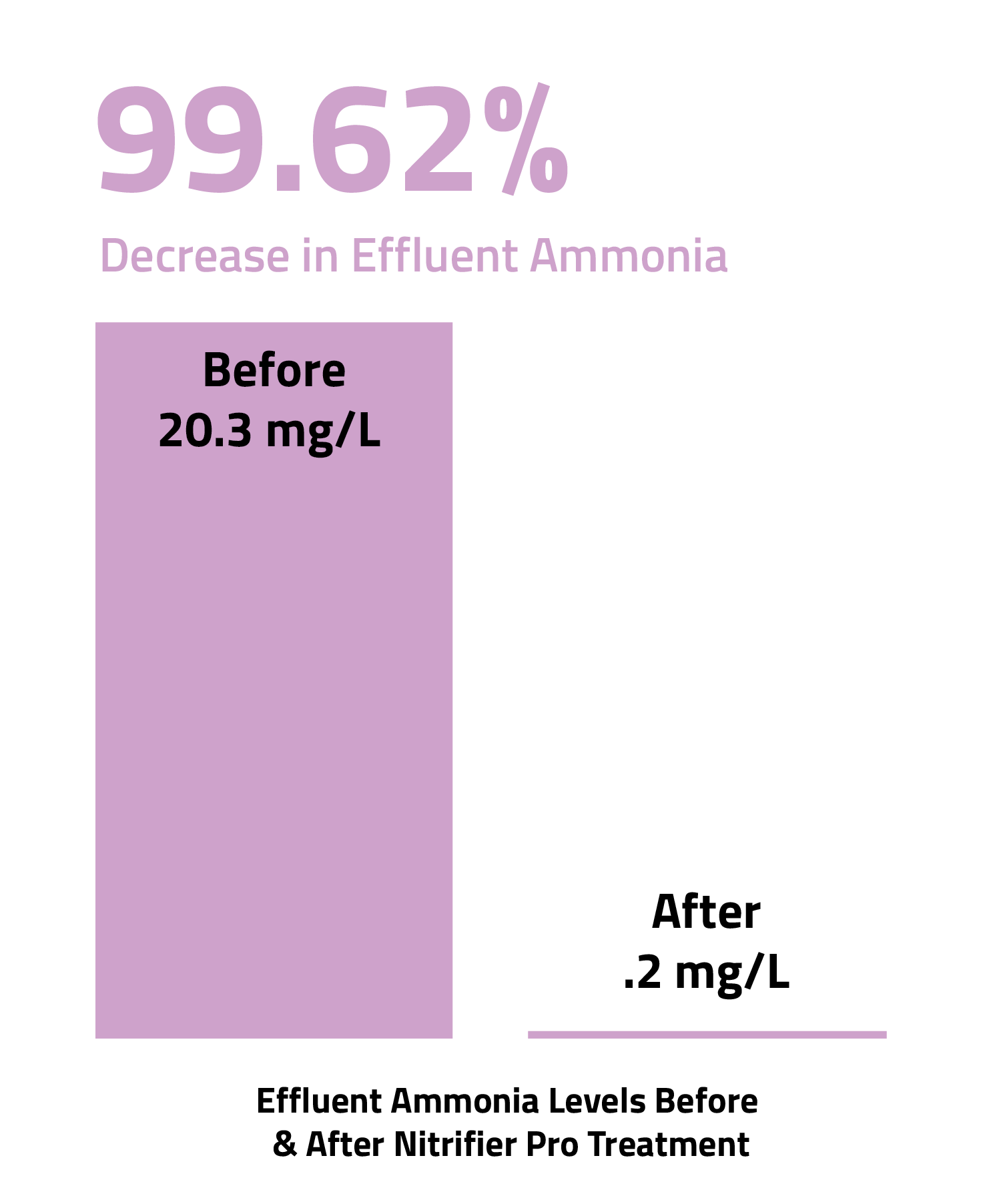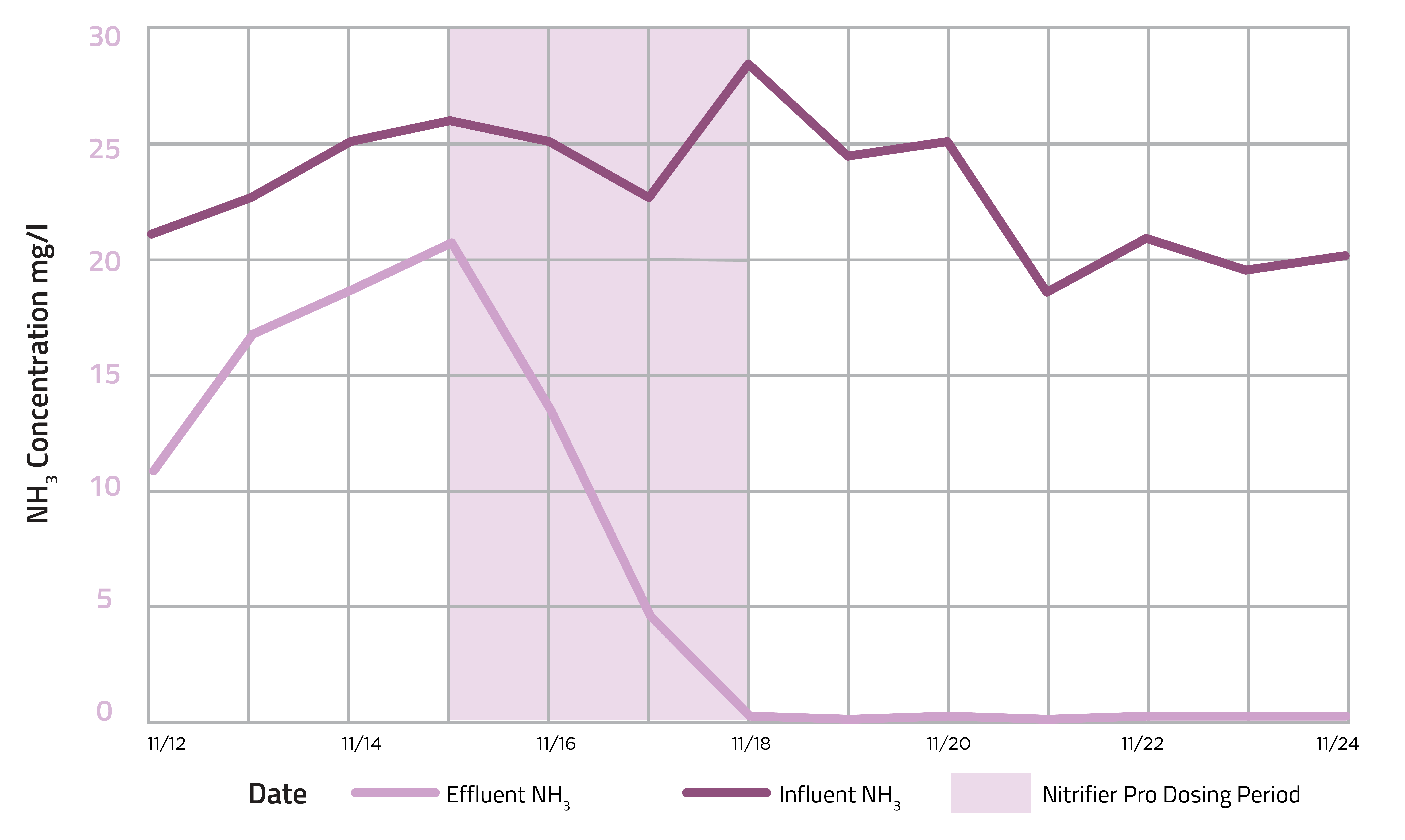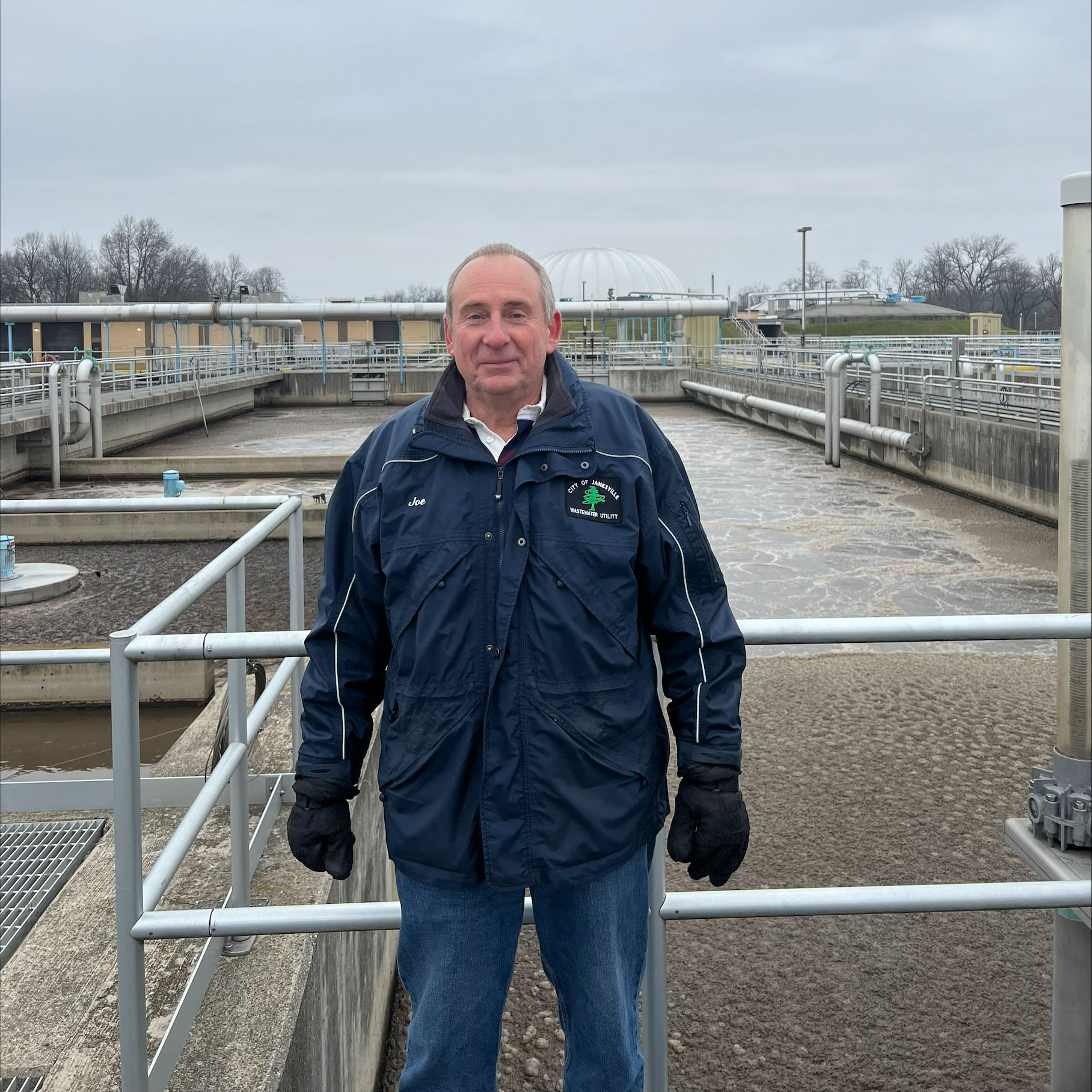
Ammonia Reduction in an Activated Sludge Plant
Independant Data Collected and Submitted By
City of Janesville, WI
Summary
The Janesville wastewater treatment facility conducted a study to evaluate the effects of Nitrifier Pro on effluent ammonia levels in their activated sludge system.
Nitrifier Pro is a formulation designed to enhance nitrification by promoting the growth and activity of ammonia-oxidizing bacteria. This study aimed to determine the efficacy of Nitrifier Pro in reducing effluent ammonia concentrations under high influent load conditions. The trial involved a period of Nitrifier Pro dosing from the 15th to the 18th of November, with subsequent monitoring of influent and effluent NH3 levels. Remarkably, the facility observed a significant reduction in effluent ammonia, with levels decreasing to as low as 0.08 mg/l from an effluent high of 21 mg/l.

Background
In wastewater treatment, effective ammonia removal is crucial for meeting environmental discharge regulations and preventing potential toxicity to aquatic life. The Janesville facility, equipped with a conventional activated sludge system, faced challenges in consistently achieving low effluent ammonia levels due to variability in the influent and consistently low winter
temperatures.
The use of Nitrifier Pro was hypothesized to provide a more stable and efficient nitrification process by augmenting the biomass with specialized nitrifying bacteria and associated growth factors. This was particularly important for Janesville, where fluctuations in influent ammonia had previously resulted in difficulty maintaining regulatory compliance.
Objective
To ascertain the impact of Nitrifier Pro on reducing effluent ammonia concentrations at the Janesville wastewater treatment facility.
Fig 1. Ammonia Levels Before & After Nitrifier Pro Treatment

The graph vividly illustrates the influent and effluent ammonia concentration levels throughout the study. Following the application of Nitrifier Pro, there was a significant decrease in effluent ammonia levels. The influent ammonia concentration, initially at 19.1 mg/l, was reduced dramatically to an impressive 0.08 mg/l in the effluent post-treatment. This represents a decrease of approximately 99.96%, showcasing the remarkable efficacy of Nitrifier Pro in enhancing the nitrification process within the wastewater treatment facility. This data indicates not only a rapid acclimation and effectiveness of Nitrifier Pro but also its potential in maintaining consistently low ammonia levels in effluent, ensuring environmental compliance and operational efficiency.
Methods
The facility’s study was meticulously designed to ensure the optimal conditions for Nitrifier Pro supplementation. Parameters such as Dissolved Oxygen (DO) and Biochemical Oxygen Demand (BOD) removal were closely monitored and maintained at ideal levels, creating a conducive environment for the efficacy of Nitrifier Pro. The study utilized daily measurements of influent and effluent NH3 concentrations, starting from November 12th to establish baseline data prior to the dosing period. Nitrifier Pro was introduced into the system for a period of three days, beginning on November 15th, immediately after effluent ammonia levels exceeded the permitted values. This approach allowed for a focused assessment of the product’s impact under challenging conditions. Influent and effluent values were recorded meticulously before, during, and after the addition of Nitrifier Pro. This comprehensive data collection provided a clear understanding of the fluctuations in ammonia levels and the subsequent effect of the Nitrifier Pro treatment. The effluent ammonia levels were closely monitored post-dosing to evaluate the product’s impact on the wastewater treatment process.
Discussion and Conclusions
The data collected during and after the Nitrifier Pro dosing period indicated a pronounced decrease in effluent ammonia levels. The most significant reduction was observed immediately following the dosing period, showcasing the product’s rapid effect on enhancing the nitrification process. The Janesville facility’s operator, Joe Zakovec, praised the effectiveness of Nitrifier Pro, noting the ease with which the facility was able to meet and exceed regulatory standards for effluent ammonia. This substantial reduction in effluent ammonia not only highlights the potential of Nitrifier Pro to address one of the most pressing concerns in wastewater treatment but also suggests broader implications for operational efficiency and environmental compliance.
Future Directions
Further research is recommended to evaluate the long-term impacts of Nitrifier Pro on effluent ammonia levels across different seasons and varying influent conditions. Additionally, exploring the product’s influence on other aspects of wastewater treatment, such as sludge production and overall system health, would provide a more comprehensive understanding of its benefits.

“Nitrifier Pro has been a game-changer for our wastewater treatment process. Traditionally, it would take over 30 days for nitrifiers to repopulate, but with Nitrifier Pro, we’ve seen this happen in as little as 3 days. This rapid turnaround has been instrumental in our ability to manage effluent ammonia levels effectively. Seeing such a dramatic decrease not only boosts our confidence in meeting environmental standards but also showcases the potential of innovative solutions in modern wastewater management. Our facility’s success story with Nitrifier Pro is a testament to the commitment we have towards efficient and sustainable treatment practices.”
